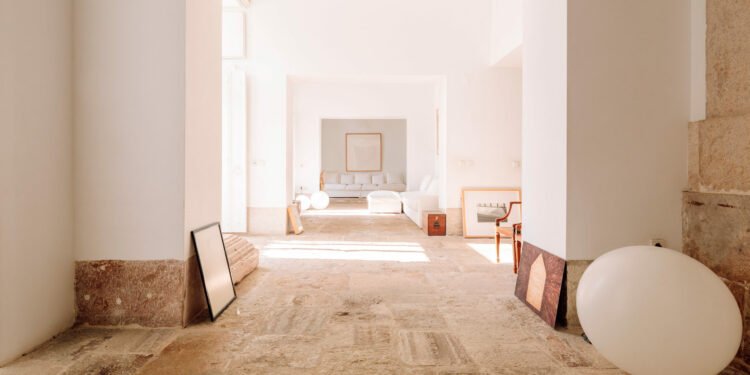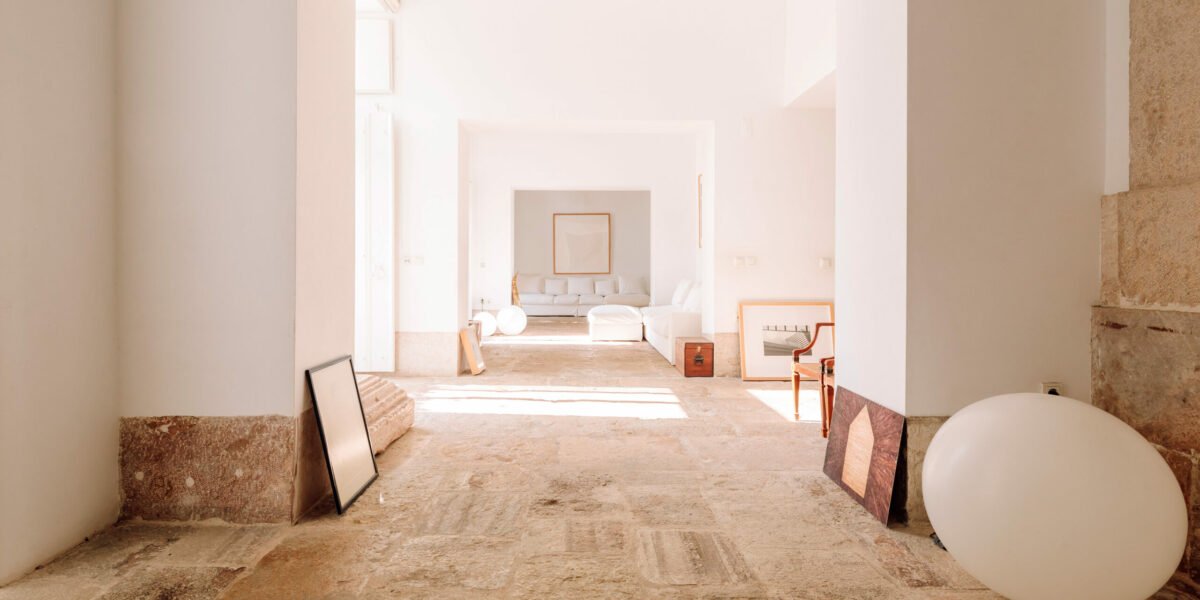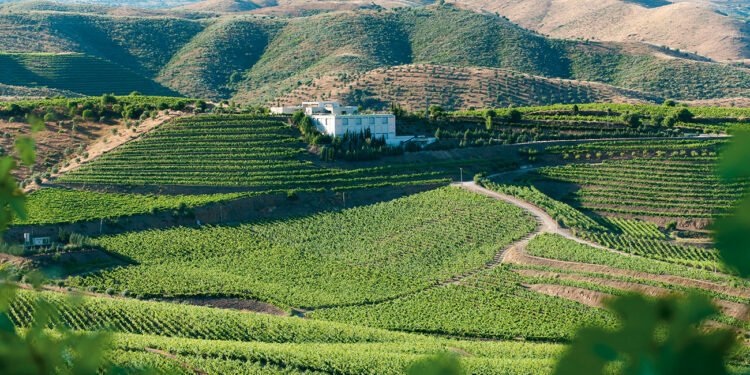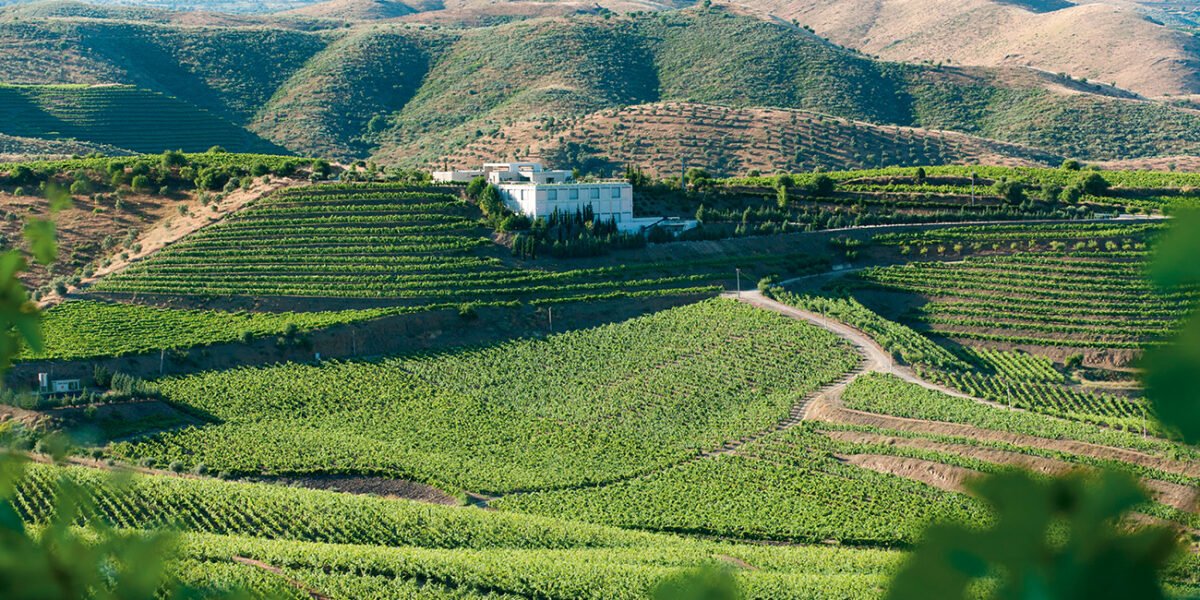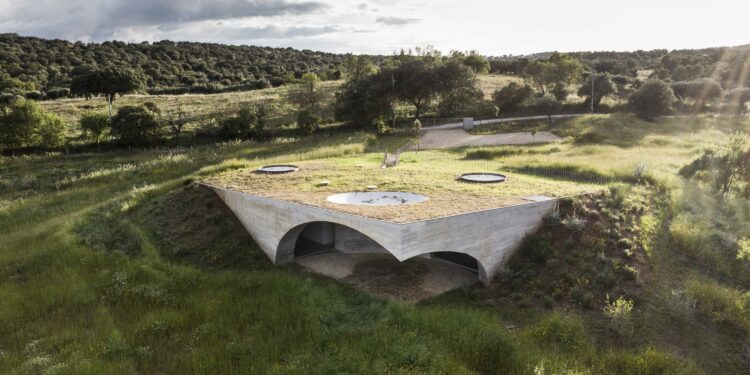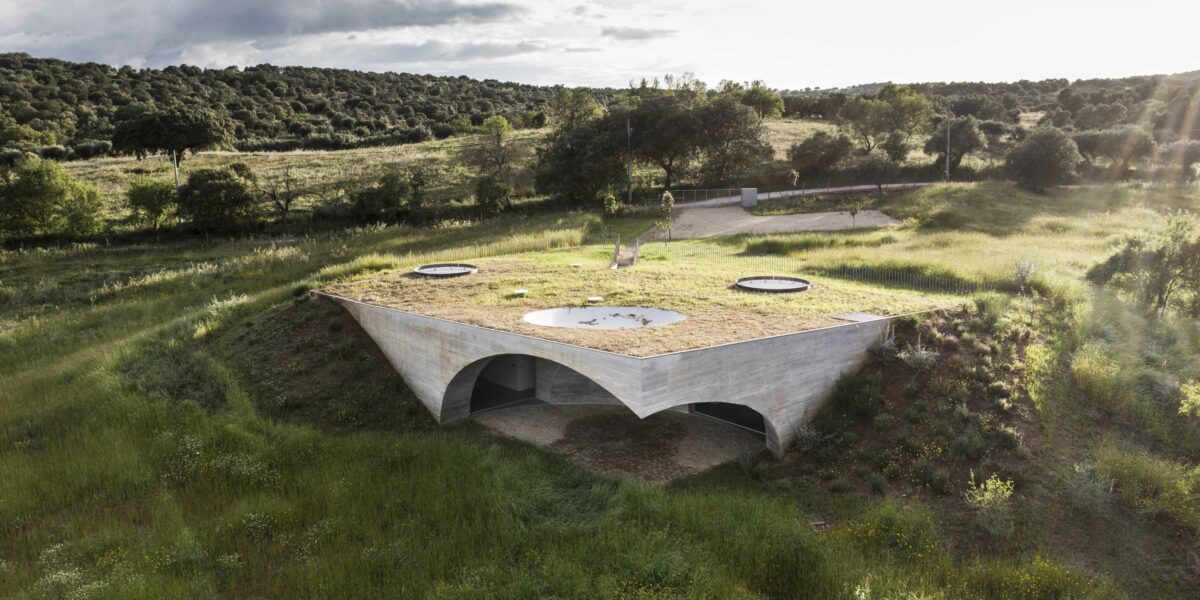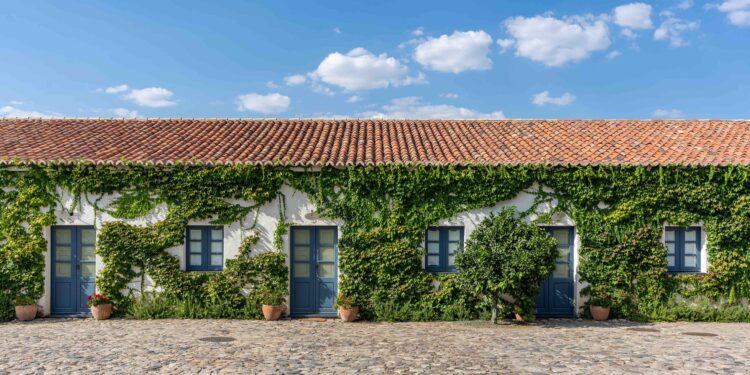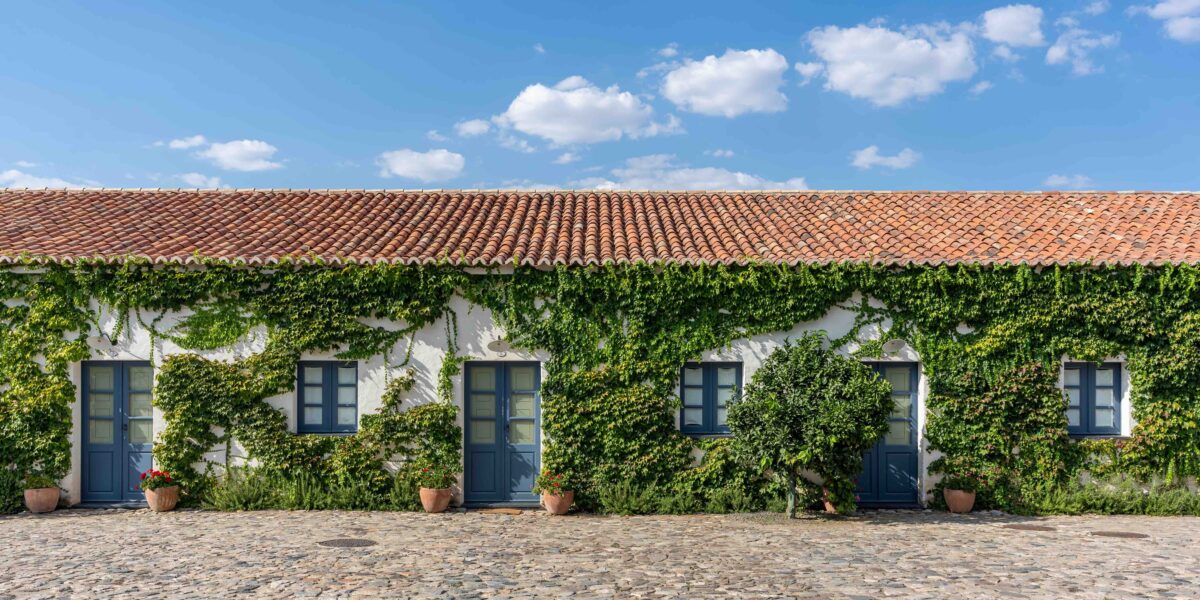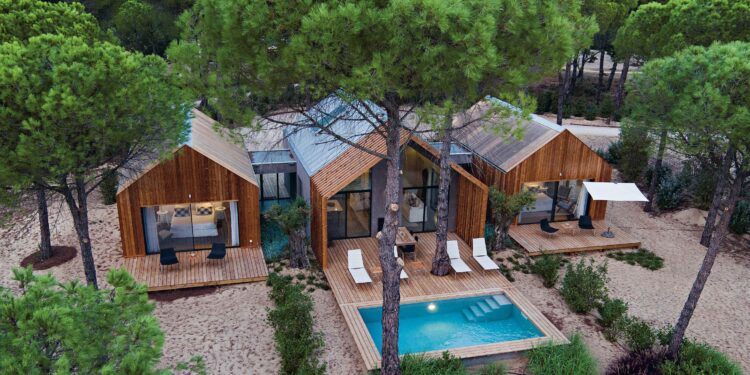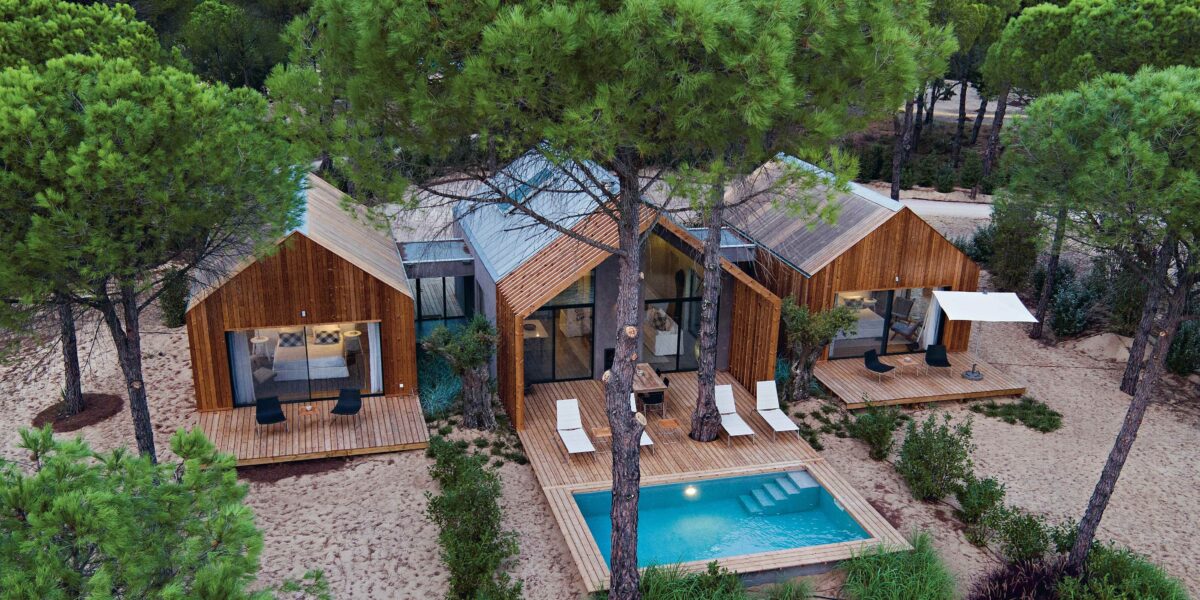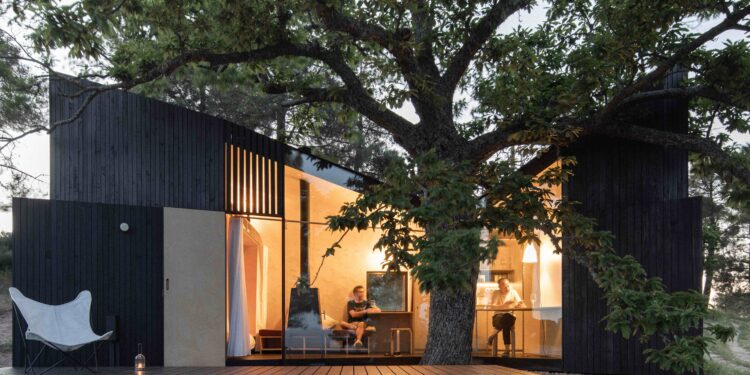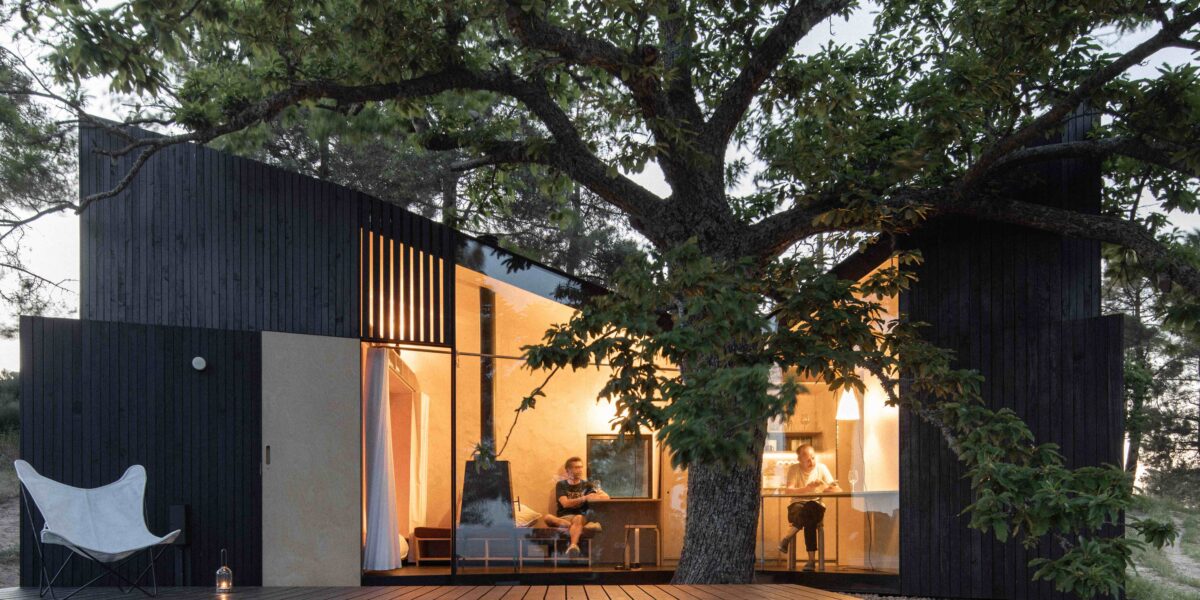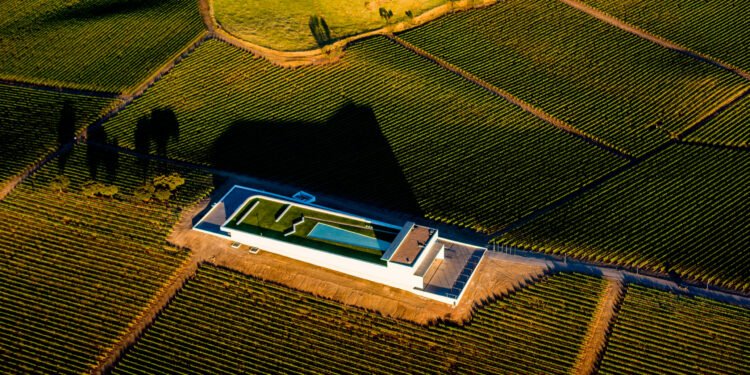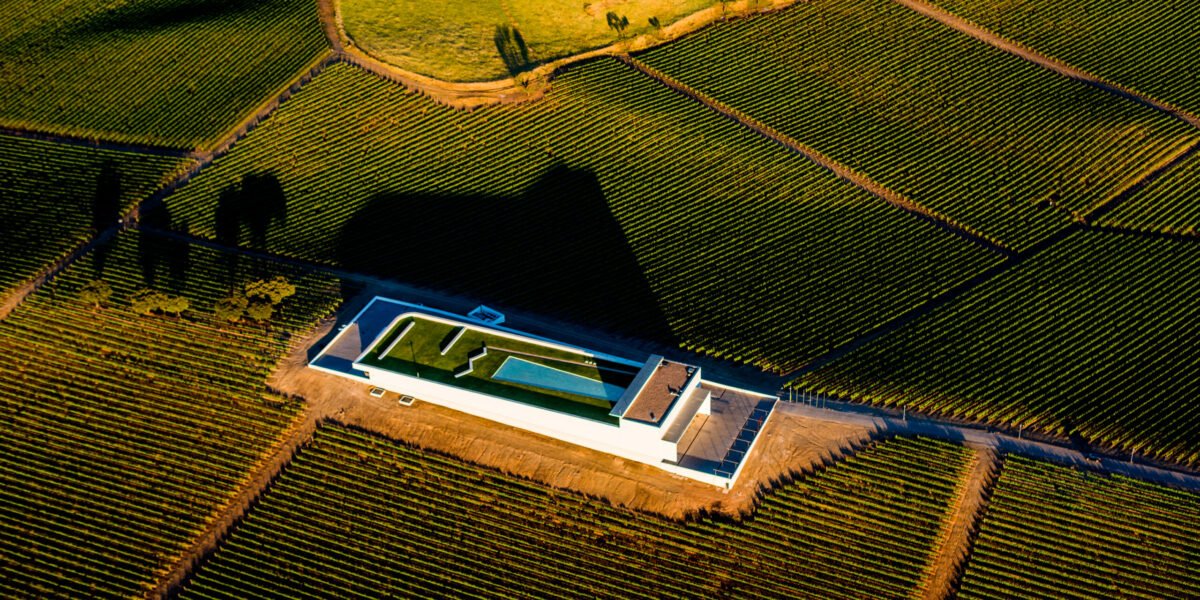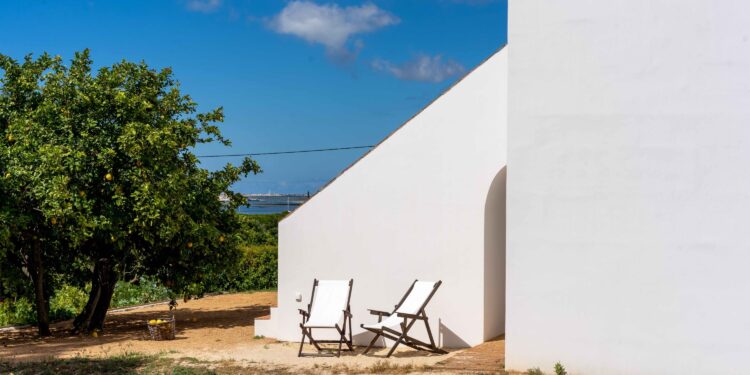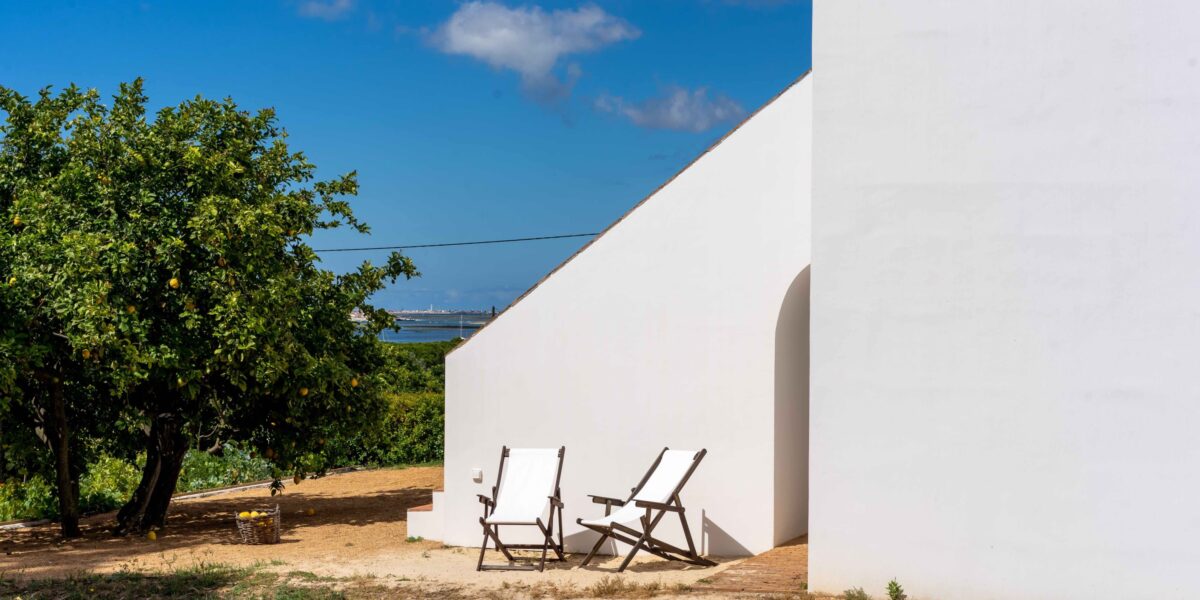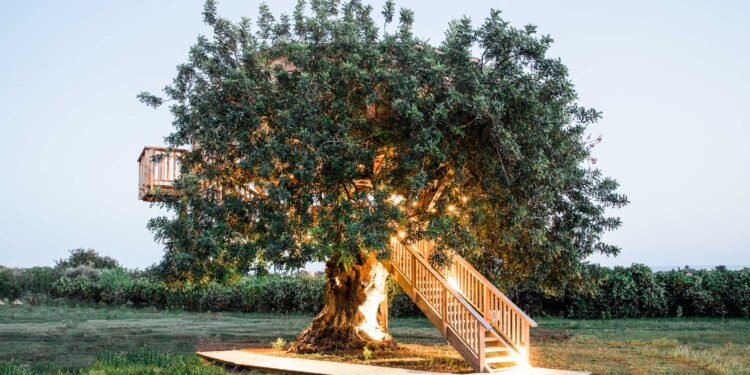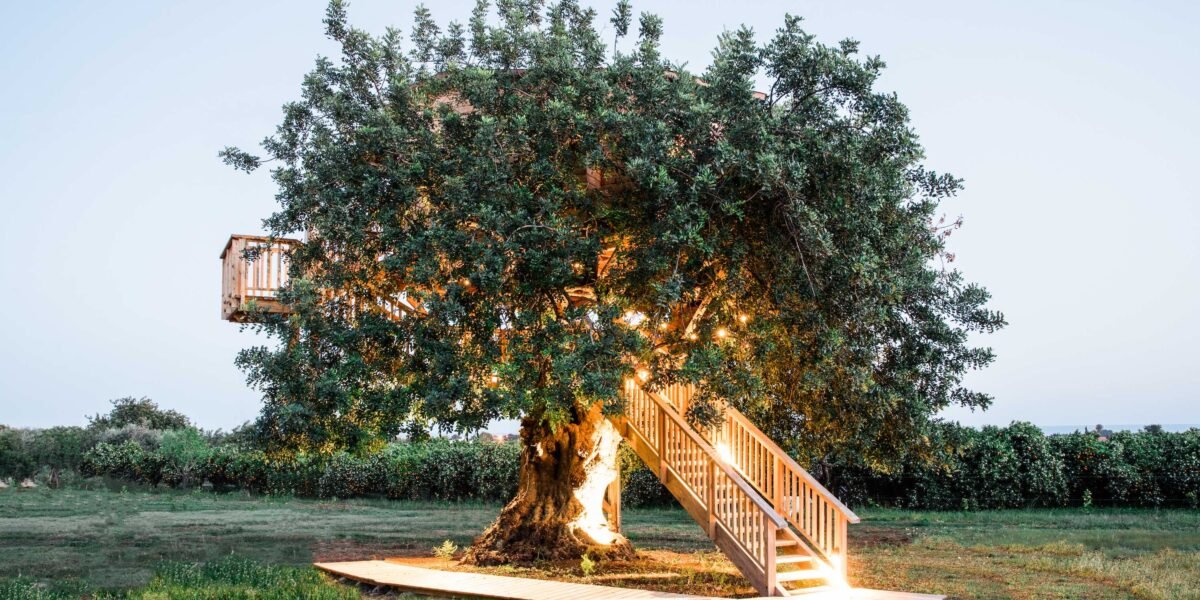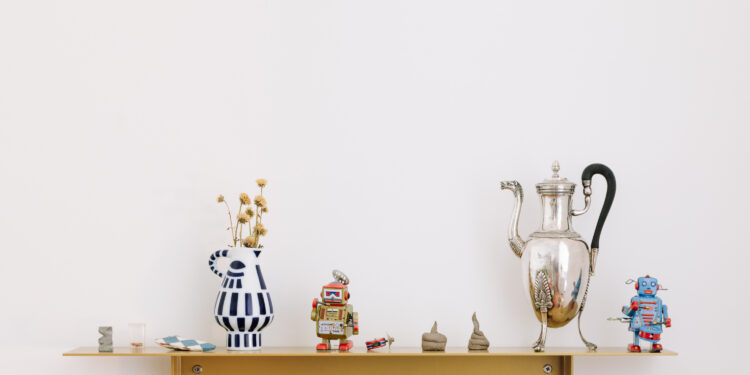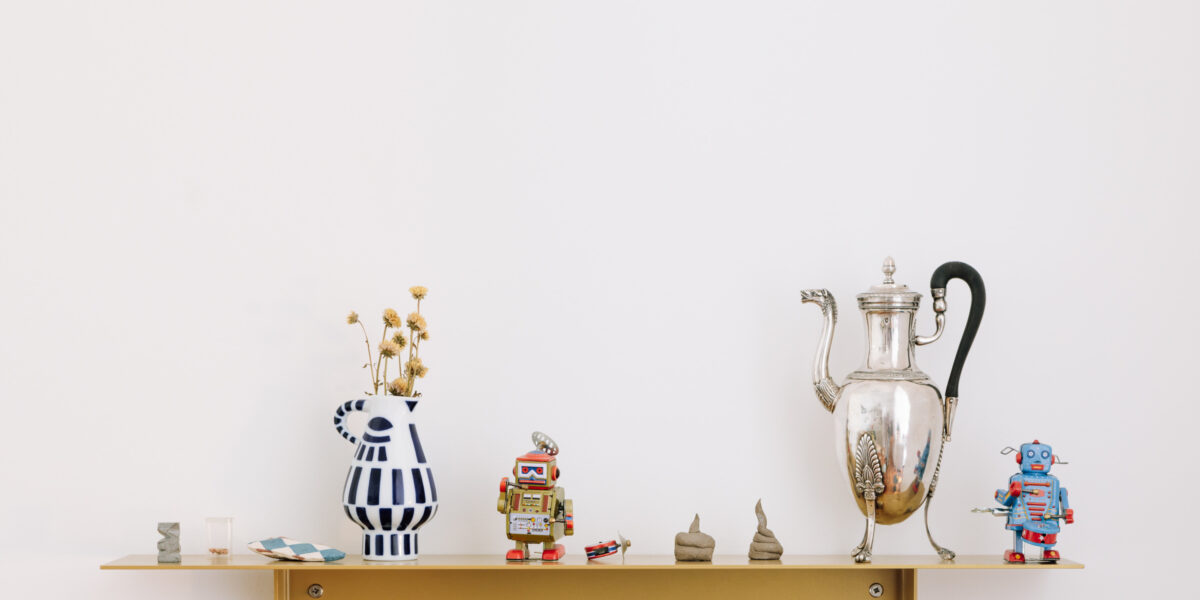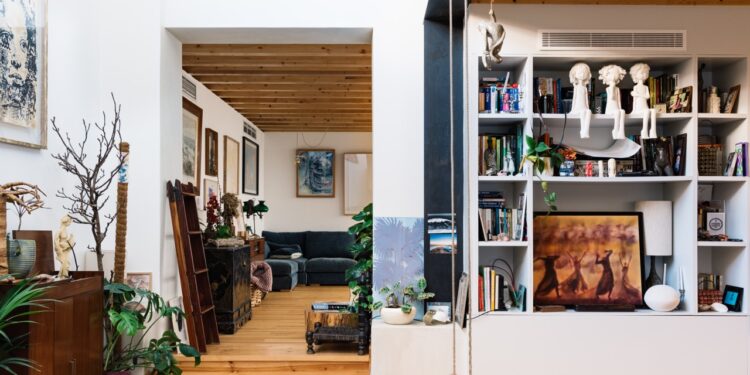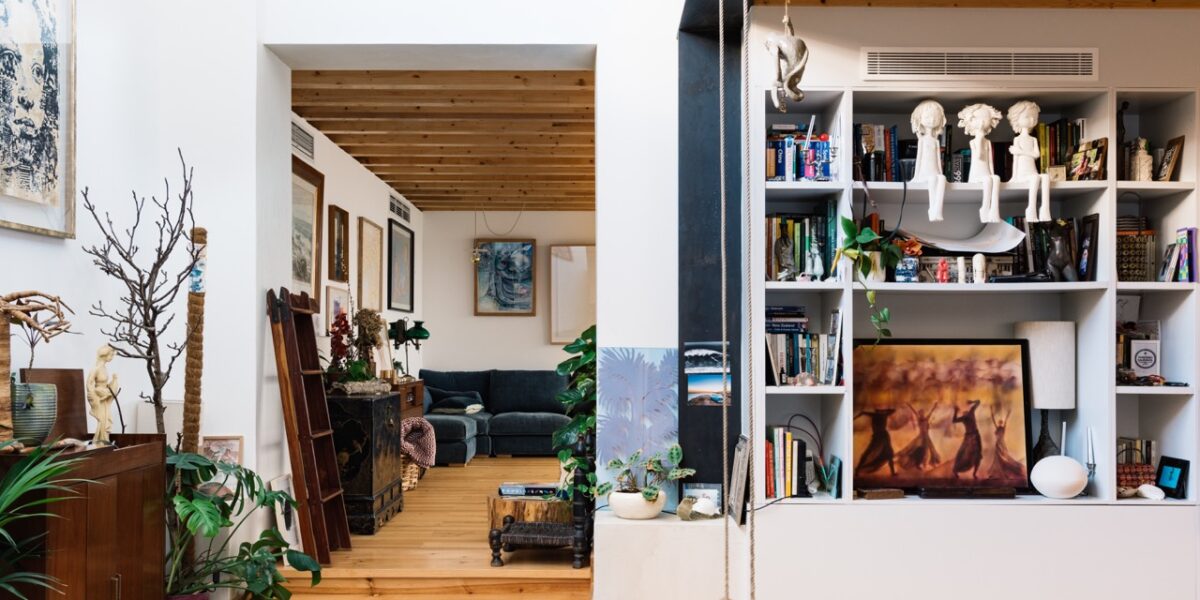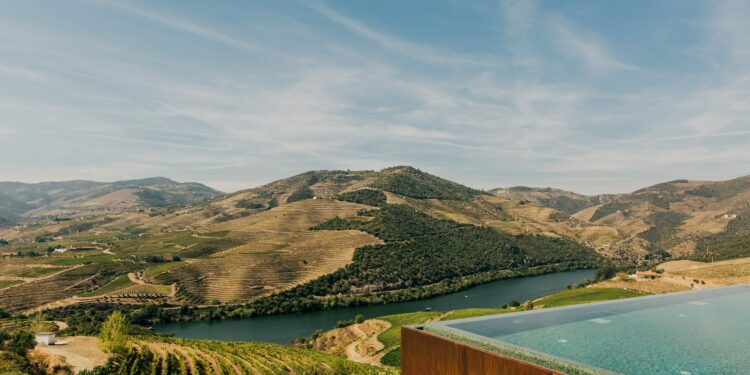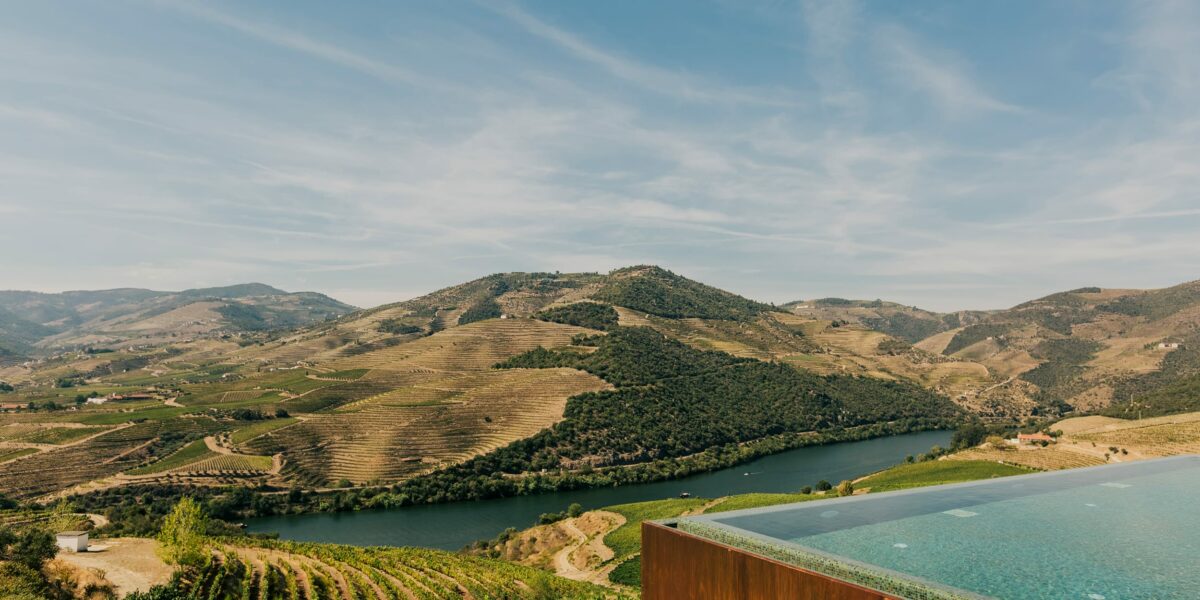Paulo Tuna, The Bladesmith
Paulo Tuna introduces himself as “The Bladesmith” and dropped everything to make knives.
Text: Diogo Lopes
Paulo Tuna makes knives and still remembers the day he received the first one, he was “about seven years old”. He was with his grandfather at a cafe where they had just had lunch “one of the best bitoques in town” and a very basic pocket knife, all in plastic, was handed out to them in a raffle. “Here, it’s for you”, said the grandfather to his grandson, hardly knowing that he would build some of the most sought after knives in the country – and not only.
First came the sculpture course. Paulo, “transmontano de gema”, left Vila Real for Caldas da Rainha because of the Superior School of Art and Design. It was 1995, and as he was “one of the only people who knew about sculpture in stone and metals”, he ended up staying there as a foreman. He kept his sculptor’s vein active and even exhibited some works, but blades were always on the horizon. “I never leave the house without a knife. I have a collection of 60 or 70 models.”
As he had a small forge in his studio, Tuna used it in his spare time to make rudimentary blades and train in handling new types of steel. One day, a friend’s visit changed his lap: “He arrived and said he didn’t want to buy my sculptures, but my knives. I made him one at great cost. At that time he didn’t have big machines, everything had to be at hand.”
It was the beginning of a success story. The first order from an important chef came from Leonardo Pereira, who at the time worked at Noma (Copenhagen, Denmark), the first on The Worlds 50 Best Restaurants list. “Chef René Redzepi needed special table knives, inspired by the traditional puukko [a type of Nordic hunting knife], and he asked me for a prototype,” he says. Inspired by “Japanese simplicity” and “Portuguese debacle”, Paulo sent him a model knife and the deal was closed. The work was enough to put the artisan in the mouths of the world.
Paulo Tuna’s creations are always unique and “as everything is handmade, there is always one or another detail that comes out different”. In the beginning, choose the material of the blade. Then the ingot is taken to the forge for the first time, where it is heated before starting to be hammered – “by hitting the steel we are purifying it, removing impurities”. After cooling down, it goes to the sandpaper. At this moment, which Tuna describes as “the gnawing of steel”, the shape of the blade begins to be sculpted. The still crude object is returned to the forge several times, at different temperatures, to work the metal. And still missing the handle, which can be in different types of wood. Ebony, for example, is one of the prettiest but also one of the most complicated to work with because “you get tired of destroying sandpaper”.
When the choice of wood is made, Paulo Tuna starts by cutting two symmetrical pieces, which are promptly sanded until smooth. Soon after, the shape of the handle is drawn, which is then defined with the help of a saw, before being glued with epoxy, a special resin. To ensure that everything stays together, brass pins are added, which are also sanded. The blade is then sharpened and the handle treated with camellia oil.
The final product is always unique and of superior quality. That’s what chefs like Kiko Martins, Nuno Diniz or Alexandre Silva, some of the many followers of Paulo Tuna’s knives, “the bladesmith” say.
All products Paulo Tuna, The Bladesmith
Most viewed
Stay
Decor
At the house of Manuel Aires Mateus
One of the most notable Portuguese architects opens the doors to house he lives in.
Read articleEat
The history of Barca Velha
It was made in the Douro region, in 1952, and reached a mythical status among Portuguese wines.
Read articleGo
Alentejo
Casa na Terra
Semi-buried and covered with vegetation, Casa na Terra was designed by Manuel Aires Mateus.
Book nowGo
Alentejo
São Lourenço do Barrocal
It was one of the most prosperous homesteads in Alentejo and, since 2016, it's one of the most awarded hotels in Portugal.
Book nowGo
Alentejo
Sublime Comporta
A luxurious world where every detail counts and even the plants are in the exact right place.
Go
North
Casa no Castanheiro
Under a centuries-old chestnut tree was born a refuge designed by architect João Mendes Ribeiro.
Book nowStay
Luxury cellars. A toast from wine to architecture
Portugal has witnessed the upcoming of magnificent wineries, which stand out both for their wine and architecture.
Read articleGo
Algarve
Casa Modesta
A modest (“Modesta”) house indeed, although filled with history and details, overlooking the Ria Formosa.
Book nowGo
Algarve
Conversas de Alpendre
In addition to the 9 suites, it is possible to sleep in a luxury hut and even in a tree house.
Book nowStay
Decor
At the home of Manuel Amaral Netto and Cécile Mestelan
He's Portuguese, she's French, they both draw objects for the house.
Read articleMagazine
Decor, Magazine
At the home of Manuel Amaral Netto and Cécile Mestelan
He's Portuguese, she's French, they both draw objects for the house.
Read articleGo
Douro
Quinta de Ventozelo
Sleeping in an old wine balloon is just one of the many experiences of Quinta de Ventozelo.
Book now